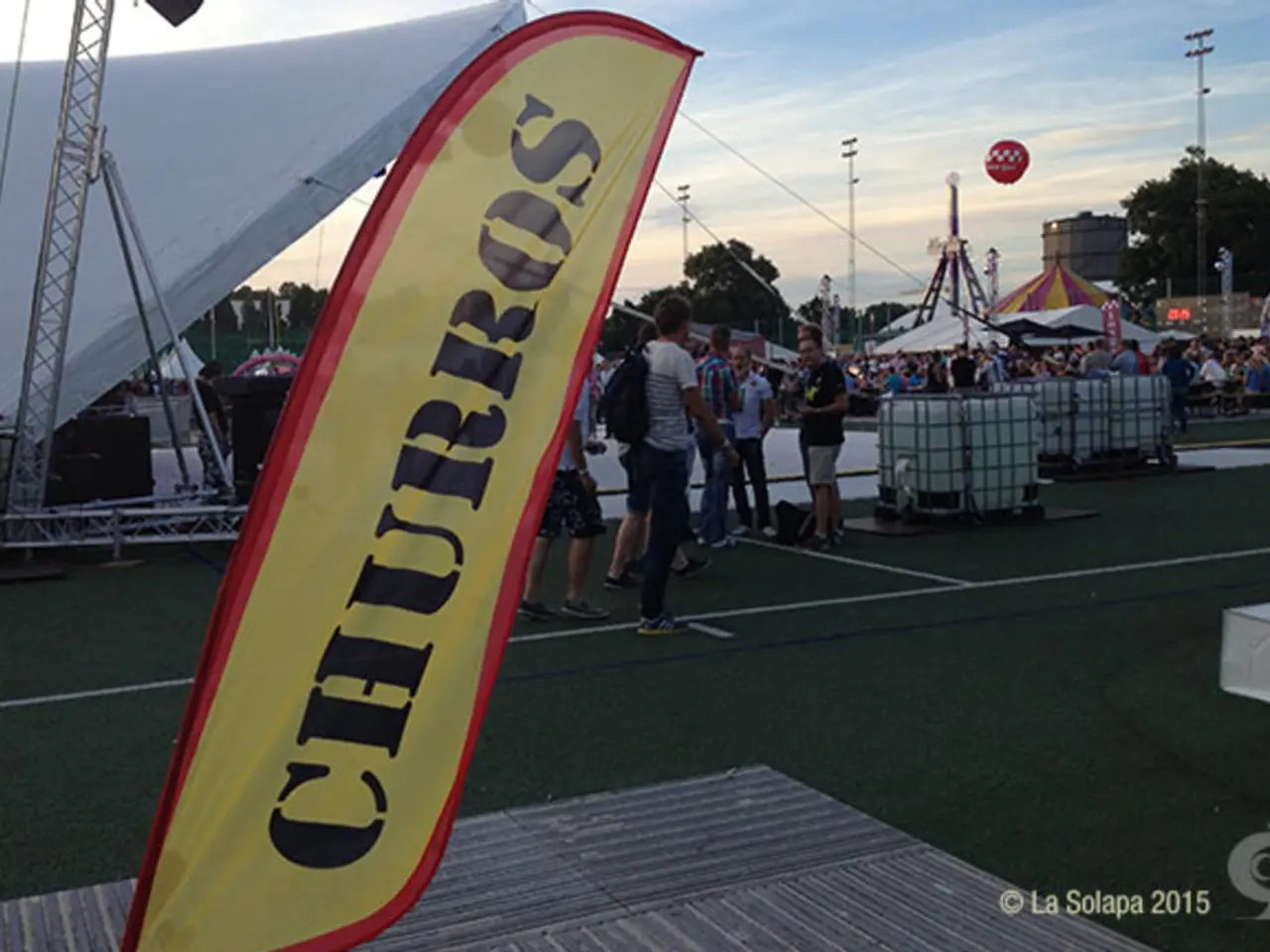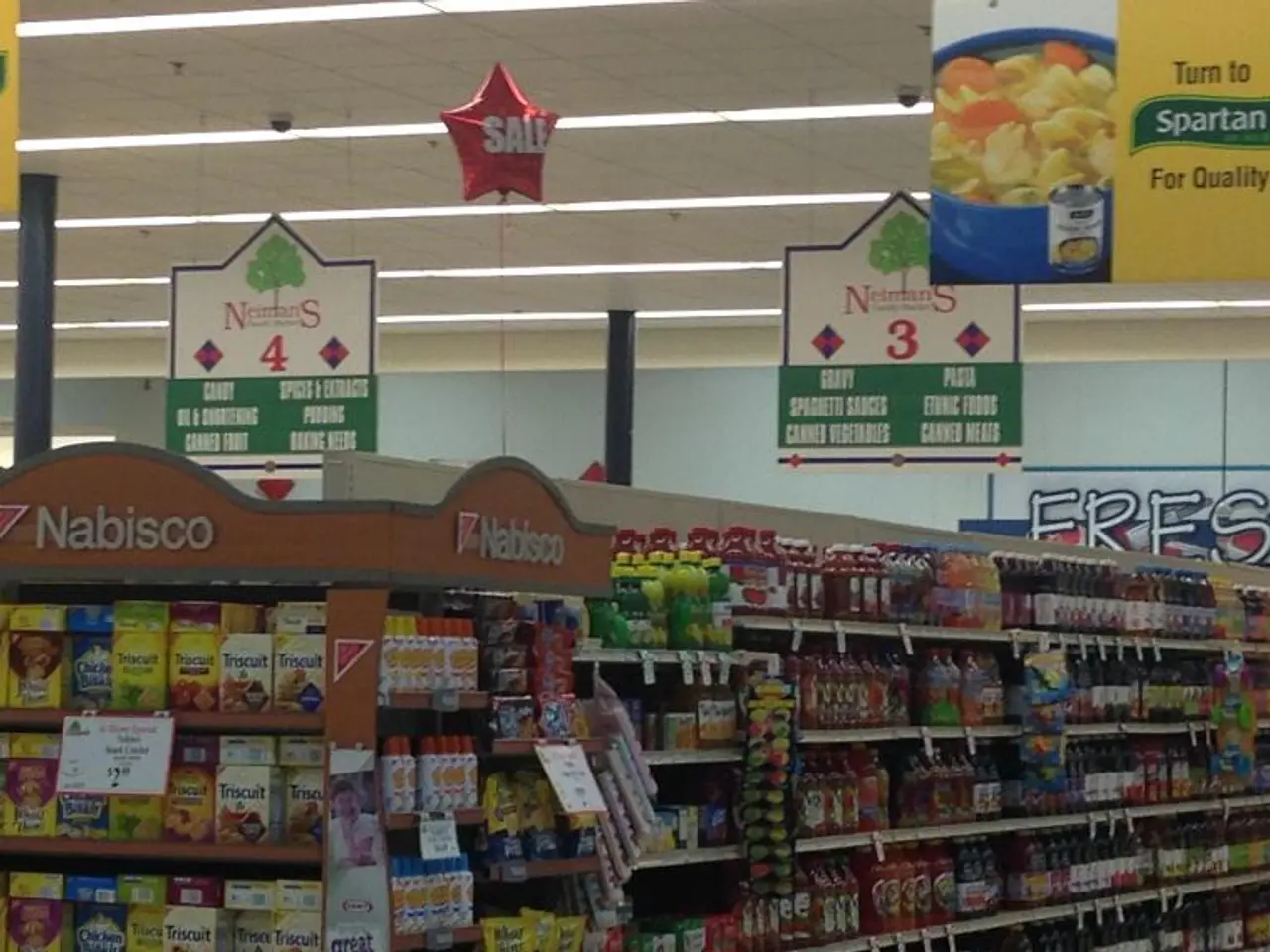Methods for Exhibiting and Marketing Your Artwork at Brisbane Craft Fair
Brisbane, Australia's vibrant craft scene offers artists a unique opportunity to showcase their work and connect with like-minded individuals. Here are some key tips for success at a craft fair in Brisbane, covering preparation, audience understanding, stall creation, selling approach, event participation, organizer collaboration, self-care, and follow-up.
Preparing
Organize your stock with clear labeling and price tags to encourage easy, confident browsing. Balance your stall layout symmetrically for a professional, calming presentation that attracts attention. Bring essential supplies like tables, lighting, and eco-friendly decorations such as paper streamers or flowers rather than plastic.
Knowing the Audience
Research the fair's typical visitors and their preferences. Brisbane’s craft fairs often attract locals interested in handmade, sustainable, and unique items. Tailor your products and messaging to these interests.
Creating an Effective Stall
Use consistent branding with visible, attractive signage. Maintain an uncluttered, accessible layout so shoppers can engage with your work easily. Label everything clearly and avoid gimmicks like balloons; instead, opt for eco-conscious decor to resonate with conscientious consumers.
Selling Without Hard-Selling
Engage visitors with friendly, genuine conversation rather than pressure. Let the quality and story of your crafts speak for themselves. Offer demonstrations or personal stories to build connection, encouraging sales naturally.
Participating in the Broader Event
Network with other vendors and attend any workshops or talks offered at the fair to gain insights and increase your profile. Stay active on social media during the event to share your participation and connect with the crowd.
Working with Fair Organizers
Communicate early and clearly regarding your requirements and comply with event rules. Respect deadlines and be willing to collaborate on logistics such as setup times and any promotional activities.
Looking After Oneself
Bring water, snacks, and a comfortable chair. Take breaks as permitted and dress appropriately for Brisbane’s climate (consider sun protection). Manage mental energy by pacing your interactions and staying positive.
Following Up After the Fair
Collect contact information during the event for follow-up marketing. Send thank-you messages, share photos or videos from the fair on social media, and invite feedback to build ongoing customer relationships.
These strategies align with best practices for craft fair success tailored to Brisbane’s community-focused, sustainable-minded market culture. They emphasize professionalism, customer engagement, collaboration, and self-care.
After the fair, take time to review what worked and what didn't to improve future performances. Checking in early helps artists plan around accessible parking spaces, deliveries, or setup time. Preparing for a craft fair involves choosing the right stall layout, handling transport logistics, and selecting a focused collection.
Some fairs include craft events or trade show elements where materials and tools are introduced. Documenting sales and conversations while the details are still clear is important for future reference. It's essential to have a brief introduction about one's process, as visitors often ask about it. Preparing an extra stock of popular or small-ticket items is important for spontaneous purchases.
Every craft fair attracts a different audience profile, and understanding this can shape how one communicates. Lighting, whether natural or added, helps make texture and color more visible. Each sale can extend beyond the stall, such as by asking buyers to join one's mailing list or photographing their purchase for a social archive.
- Label your stock with clear pricing and organize it symmetrically for a professional and calming presentation, using eco-friendly decorations like paper streamers or flowers.
- Research the typical visitors of Brisbane's craft fairs, who are often interested in handmade, sustainable, and unique items, to tailor your products and messaging effectively.
- Engage visitors with friendly conversations and demonstrations, allowing the quality and story of your crafts to speak for themselves.
- After the fair, review your performance, collect contact information for follow-up marketing, and share photos or videos from the fair on social media to build ongoing customer relationships.




